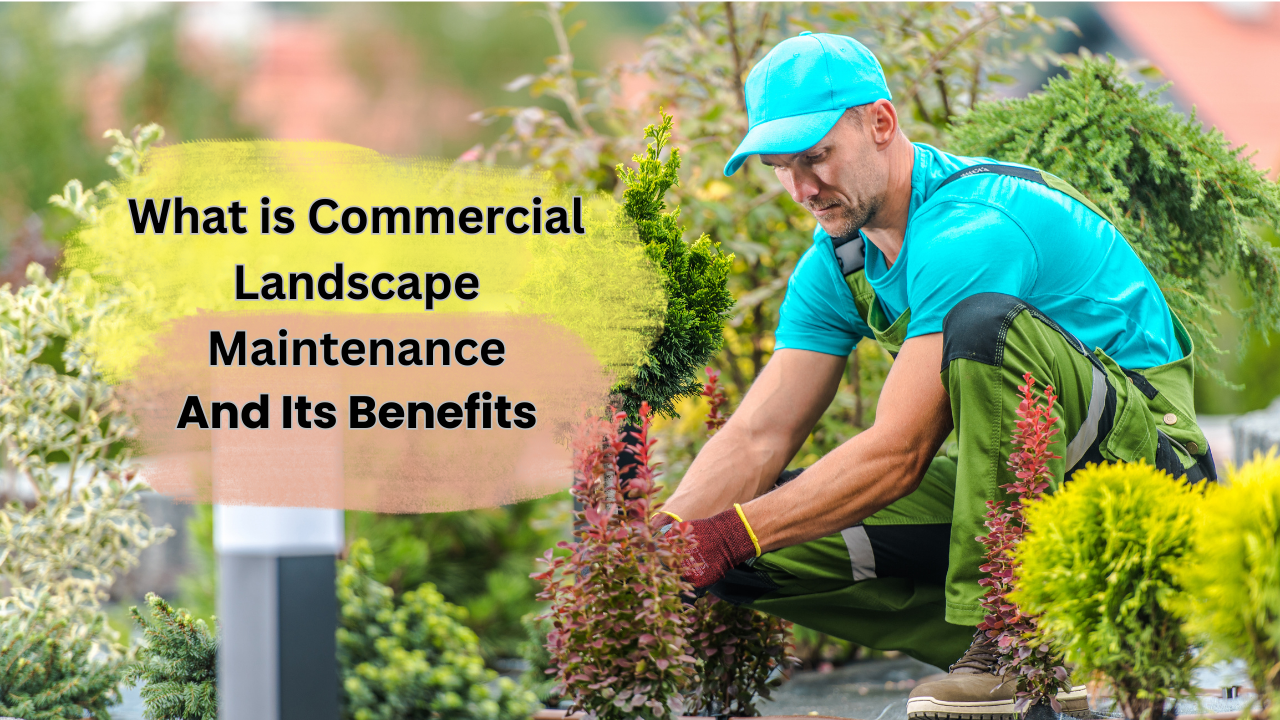 Weeds can be the peskiest of garden and lawn invaders for several reasons. They compete with your desired plants for essential resources like sunlight, water, and nutrients, often choking them out and hindering their growth. Weeds can also disrupt the aesthetics of your garden or lawn, creating an ugly and messy appearance. In addition to their unattractive presence, weeds can serve as havens for pests and diseases, further compromising the health of your plants. Some weeds even produce allergenic pollen, contributing to discomfort for allergy sufferers. Moreover, once established, weeds can be incredibly resilient and challenging to eradicate, often requiring time-consuming and sometimes environmentally harmful interventions. So, while the battle against weeds may be ongoing, it’s a fight worth waging to ensure the vibrancy and vitality of your outdoor spaces.
Weeds can be the peskiest of garden and lawn invaders for several reasons. They compete with your desired plants for essential resources like sunlight, water, and nutrients, often choking them out and hindering their growth. Weeds can also disrupt the aesthetics of your garden or lawn, creating an ugly and messy appearance. In addition to their unattractive presence, weeds can serve as havens for pests and diseases, further compromising the health of your plants. Some weeds even produce allergenic pollen, contributing to discomfort for allergy sufferers. Moreover, once established, weeds can be incredibly resilient and challenging to eradicate, often requiring time-consuming and sometimes environmentally harmful interventions. So, while the battle against weeds may be ongoing, it’s a fight worth waging to ensure the vibrancy and vitality of your outdoor spaces.
What Are The Solutions of Getting Rid of Weeds Permanently?
Mulch
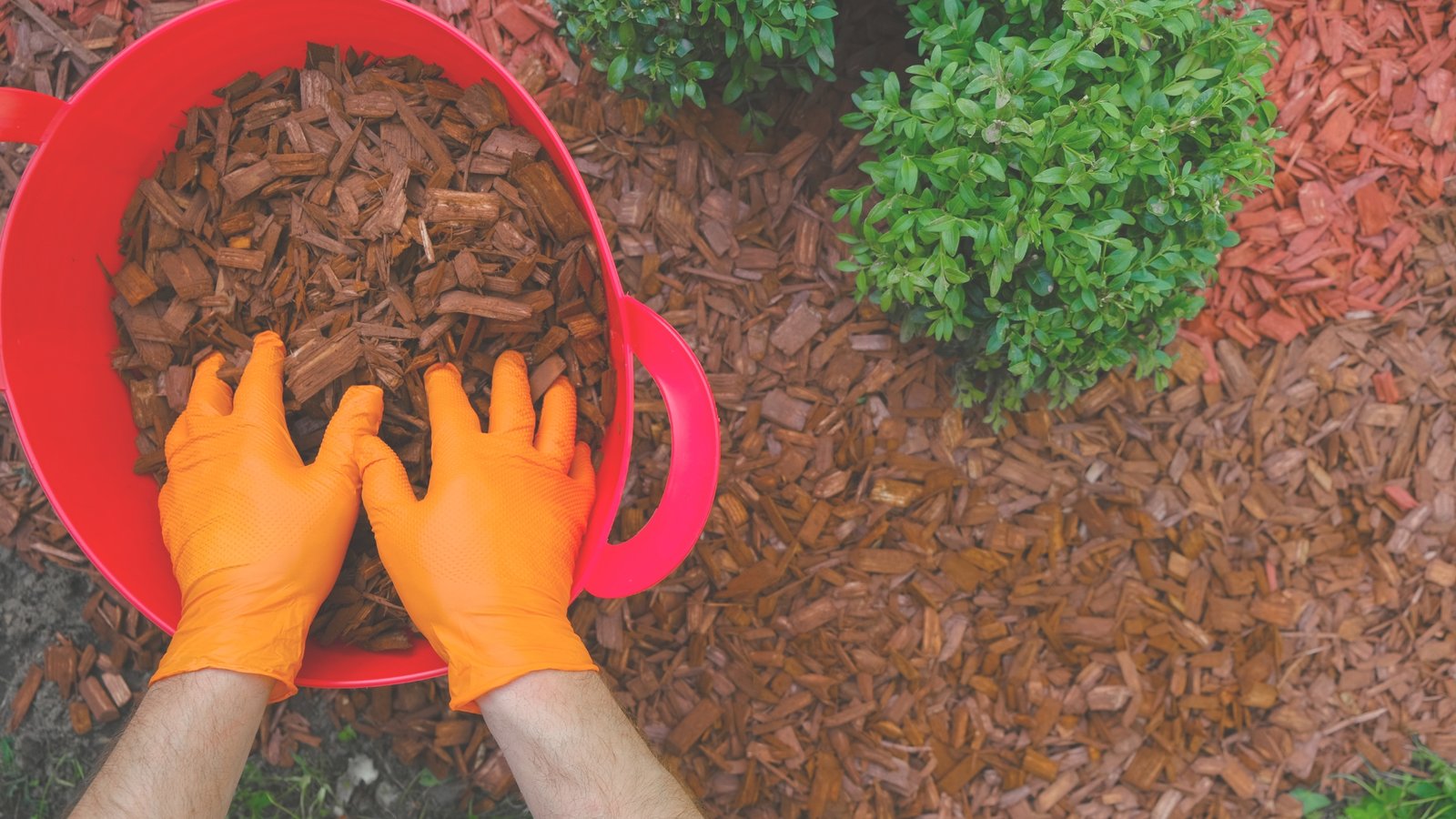
Mulch is a protective layer of material spread over the soil surface in gardens or landscaping to provide numerous benefits. This layer, usually consisting of materials like wood chips, straw, leaves, or gravel, serves as a versatile tool for gardeners and landscapers. It plays a crucial role in weed suppression by blocking sunlight and preventing weed seeds from growing. Moreover, mulch helps retain soil moisture, reducing the need for frequent watering, and it moderates soil temperature, keeping it cooler in the summer and warmer in the winter. Properly applied mulch not only enhances the aesthetic appeal of a garden but also reduces maintenance efforts while promoting the growth and well-being of plants.
Hand pulling
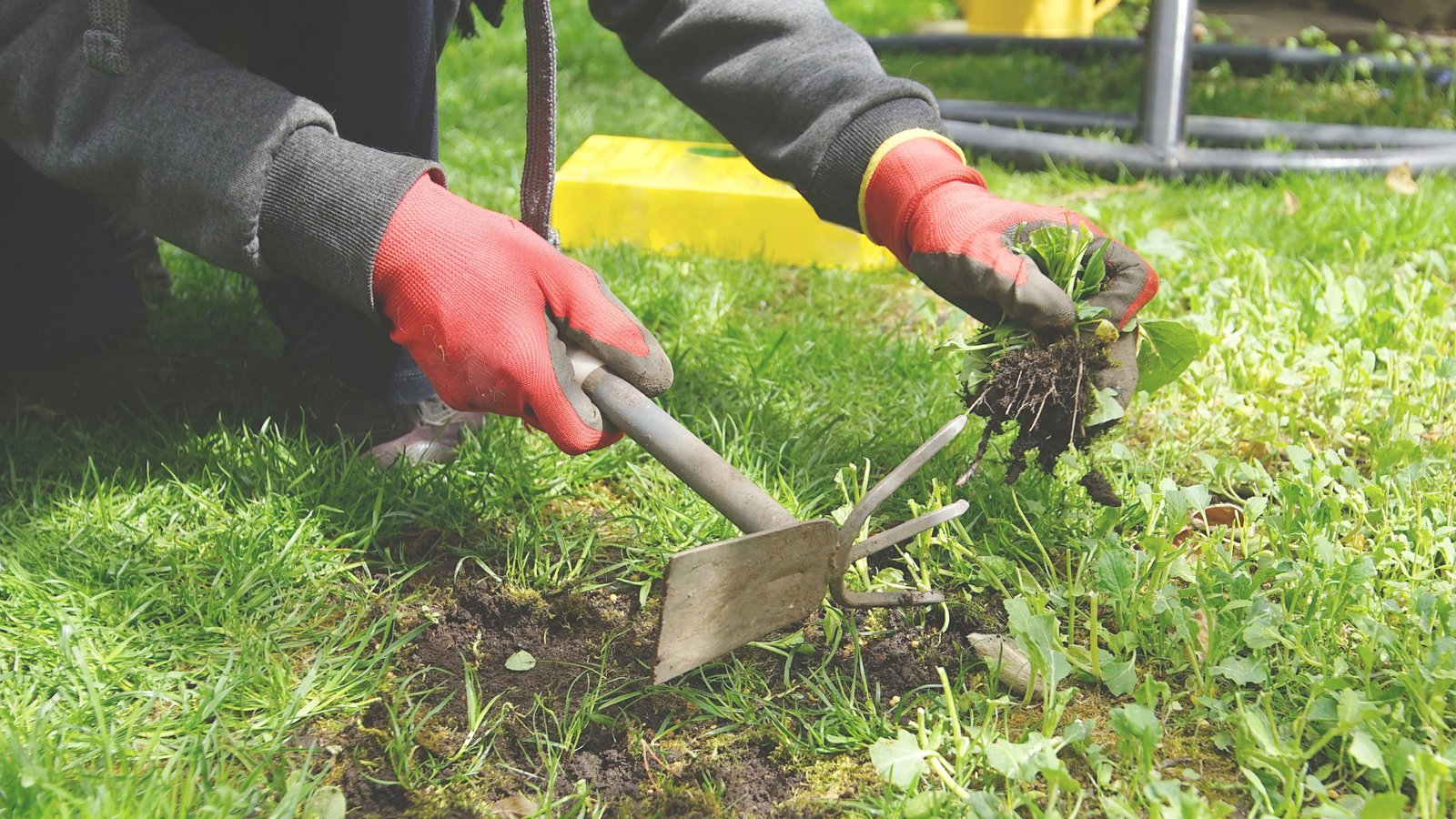
Hand pulling refers to the manual removal of unwanted plants, weeds, or objects by using one’s hands as the primary tool. This method involves physically grasping and uprooting the target with the fingers, without the need for any mechanical or chemical assistance. Hand pulling is a common practice in gardening, agriculture, and landscaping, as it allows for precise and selective removal of invasive or undesired vegetation while minimizing damage to surrounding plants. It is an eco-friendly and sustainable approach to weed and pest control, often favored for its non-toxic nature and its ability to maintain the health and integrity of the ecosystem.
Use Weed Barriers
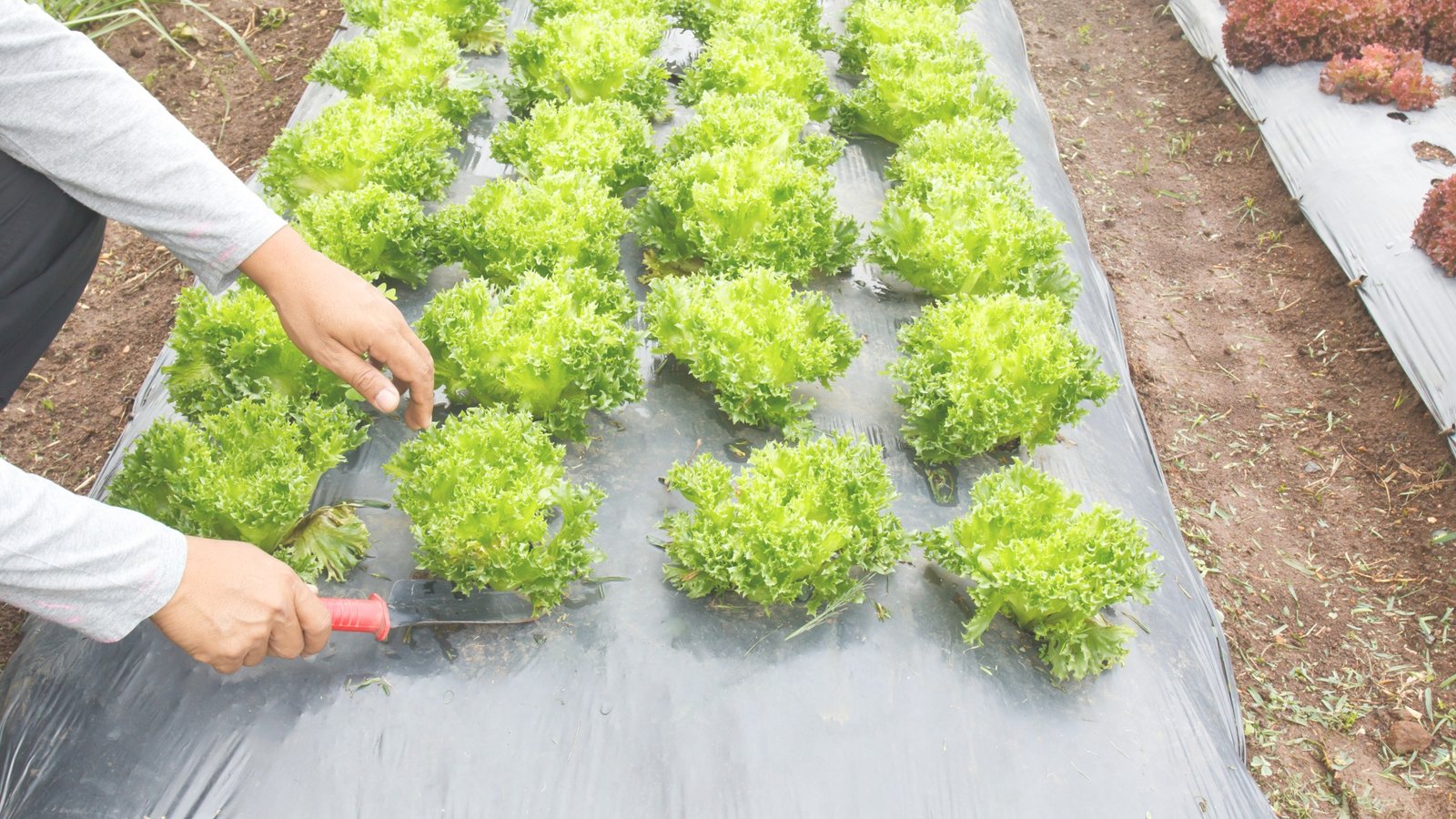
Using weed barriers is a highly effective and environmentally friendly method for managing unwanted vegetation in gardening and landscaping. These barriers, typically made of materials like landscape fabric or plastic, are placed over the soil or around plants to suppress weed growth. Weed barriers not only reduce the need for frequent weeding but also help conserve moisture, which can lead to water savings. They are especially beneficial in areas with high weed infestation and where maintaining a clean and manicured appearance is important. Proper installation and occasional maintenance, such as re-securing edges or replacing damaged barriers, can ensure long-term weed control while promoting healthier and more efficient plant growth. This approach reduces the reliance on herbicides and minimizes the ecological impact of weed management practices.
Boiling Water
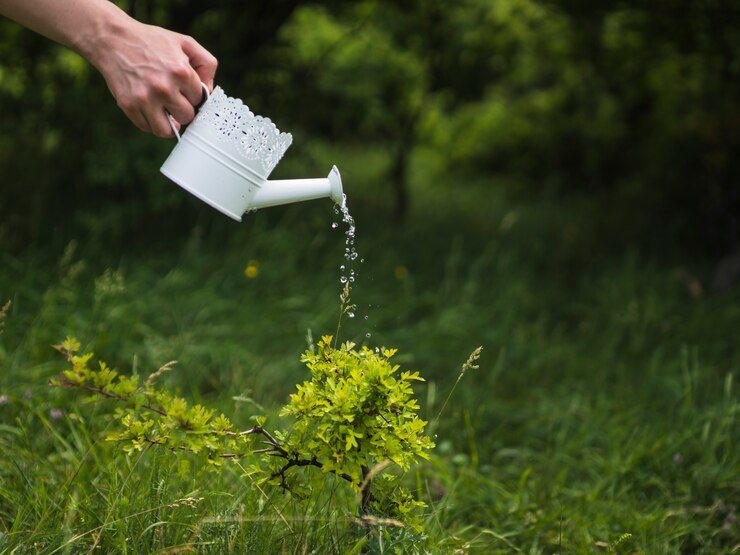
Boiling water is a simple yet effective method for weed control and eradication, especially in non-selective situations such as driveways, sidewalks, and garden paths. This eco-friendly approach involves pouring boiling water directly onto unwanted vegetation, which burns and kills the plants by damaging their cell structure. It is a non-chemical and non-toxic way to combat weeds, making it safe for the environment and human health. Boiling water weed control is best suited for small-scale applications, as it can be time-consuming and may require multiple applications for persistent weeds. Additionally, caution should be exercised to avoid splashing or spilling hot water on desirable plants, as it can cause unintended damage. While it may not be as efficient as chemical herbicides, boiling water offers a natural and sustainable weed management option for those looking to avoid the use of synthetic chemicals.
Vinegar Solution
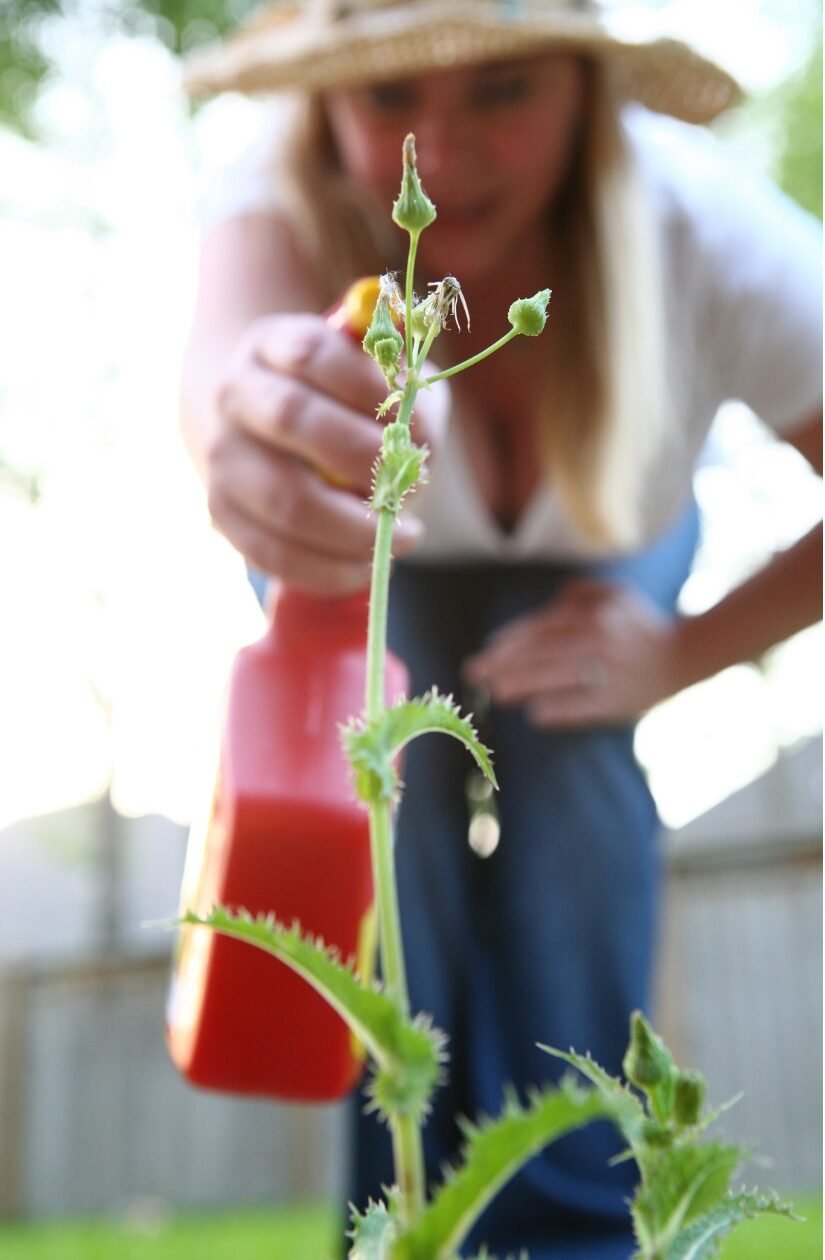
A vinegar solution is a popular and eco-friendly method for controlling weeds in gardens and other outdoor spaces. It involves using household vinegar, typically white vinegar with a high acetic acid content, as a natural herbicidal agent. When applied directly to the leaves and stems of unwanted plants, the acetic acid in the vinegar disrupts the plant’s cell structure and eventually kills it. Vinegar solutions are a non-toxic and safe alternative to chemical herbicides, making them a preferred choice for organic gardeners and environmentally conscious individuals. However, it’s essential to note that vinegar solutions are non-selective, meaning they can damage or kill any plant they come into contact with, including desirable ones. The effectiveness of vinegar solutions can vary depending on the concentration of acetic acid, the age and type of weeds, and the frequency of application. While they may not provide as long-lasting control as some chemical herbicides, vinegar solutions offer a natural and sustainable approach to weed management, especially for spot treatments in small garden areas.
Salt
Specifically, common table salt or sodium chloride, is sometimes used as a home remedy for weed control. When applied in high concentrations to the soil or directly to weeds, salt can inhibit plant growth by dehydrating and damaging plant cells. While it is an inexpensive and readily available option, it should be used with caution. Excessive salt application can harm soil quality and create a hostile environment for most plants, making it unsuitable for areas where desirable vegetation is intended to grow. Additionally, the salt may persist in the soil, posing a long-term threat to plants and the environment. Due to these potential drawbacks, the use of salt for weed control is generally not recommended, and alternative, less environmentally harmful methods should be considered, especially in garden and landscape settings.
Proper Lawn Care
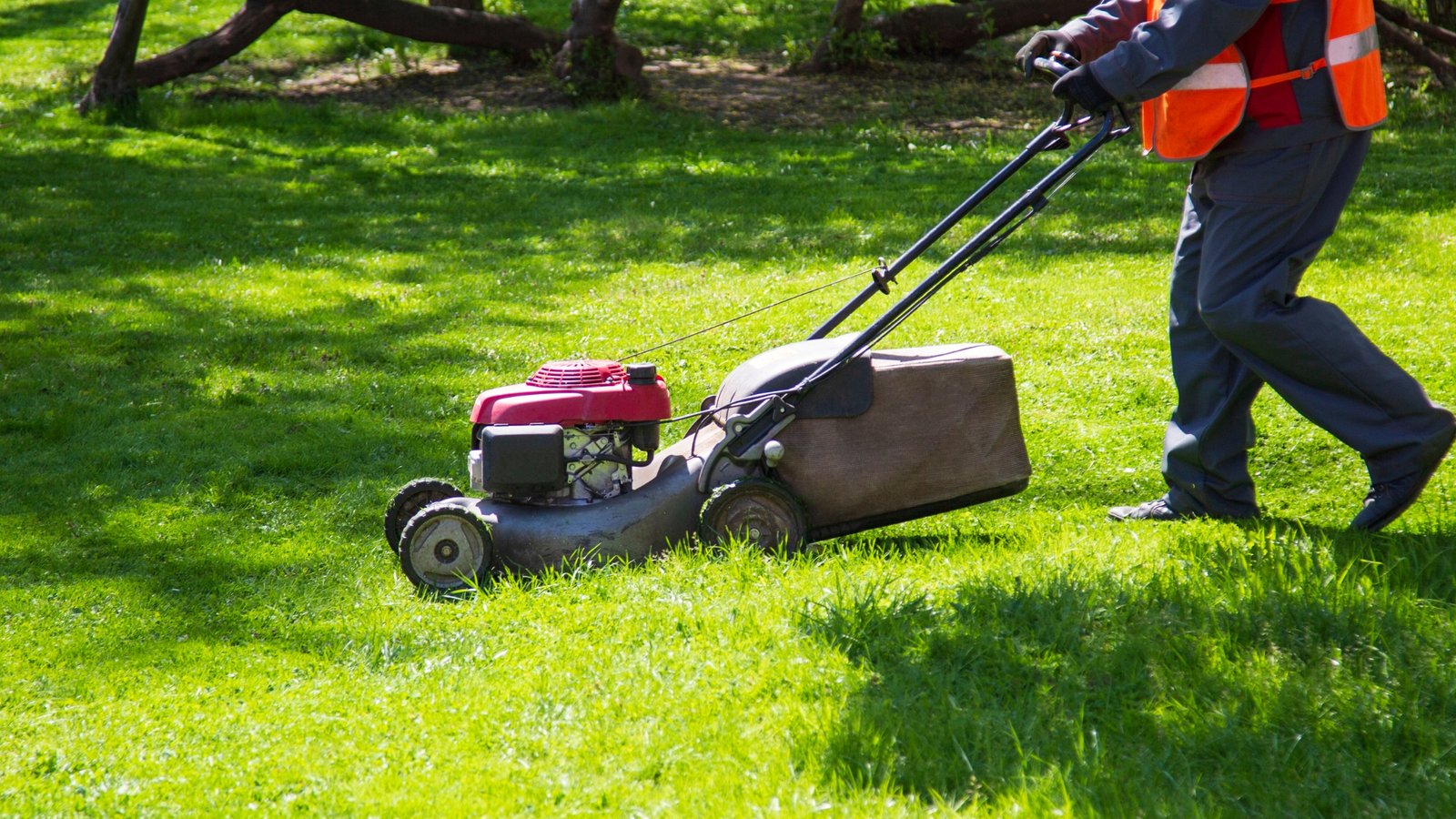
Proper lawn care is a comprehensive and essential practice for maintaining healthy, lush, and attractive grassy areas, whether in residential, commercial, or public spaces. It encompasses a range of activities such as mowing, watering, fertilizing and managing weeds and pests. Mowing at the appropriate height and frequency helps prevent the growth of weeds and encourages grass density. Adequate and consistent watering ensures that the grass stays green and vibrant. Fertilization provides the necessary nutrients for grass growth and resilience. Freshen the soil, improves air and water penetration, promoting root health.
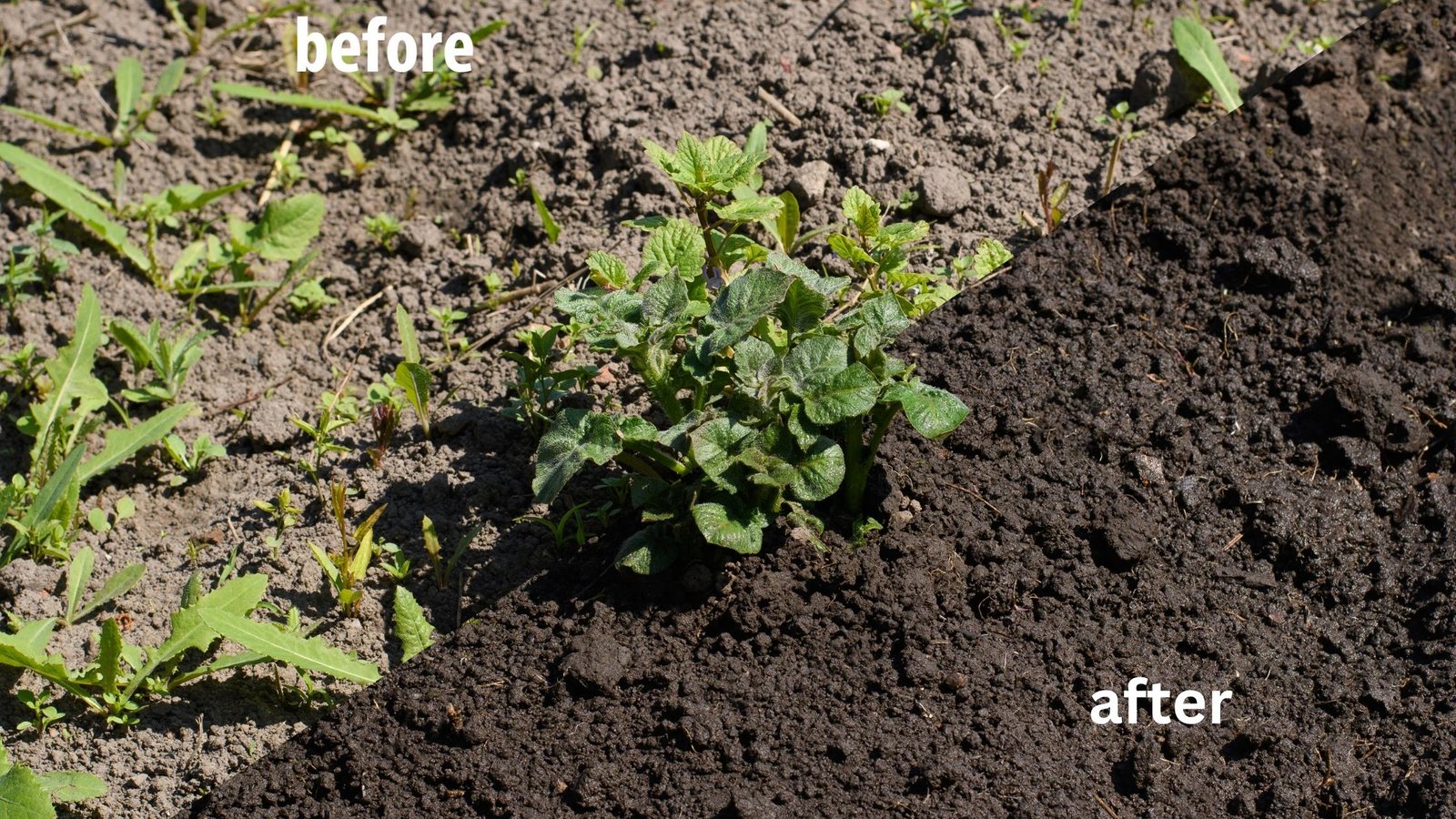
In the End
Weeds are undeniably an annoyance. While there is no one-size-fits-all answer to issues with weeds, you may cut your time and effort in battling them by using the management techniques listed above. These homemade weed remedies can help eradicate weeds quickly, but this alone is not enough. Regularly caring for your flower beds and vegetable gardens, spot spraying, and pulling weeds will help you manage and prevent regrowth.
There are so many weed control services in TX that provide more than just tips and advice on lawn maintenance. They are the lawn care experts and will maintain your lawn to perfection with their variety of lawn care services. So, whether you need assistance with killing weeds permanently, landscaping installation, or anything in between, you can get the help you need.
